With the popularity of wearable fitness trackers such as the Apple Watch, an increasing number of people rely on Apple Watch calories burned to estimate calories burned in a workout or total daily caloric expenditure.
But, how accurate is Apple Watch calories data? In other words, can you trust the number of calories burned on Apple Watch to accurately represent the actual number of calories you burned in a workout or throughout the course of the day?
Can you improve the Apple Watch’s calorie accuracy?
In this guide, we will discuss how Apple Watch calculates calories burned, tips for using Apple Watch calories to inform your diet and exercise decisions, and ultimately answer your question, “How accurate is apple watch calories data?”
We will cover:
- How Accurate Is Apple Watch Calories Data?
- Tips to Improve Calories Burned On An Apple Watch
Let’s get started!
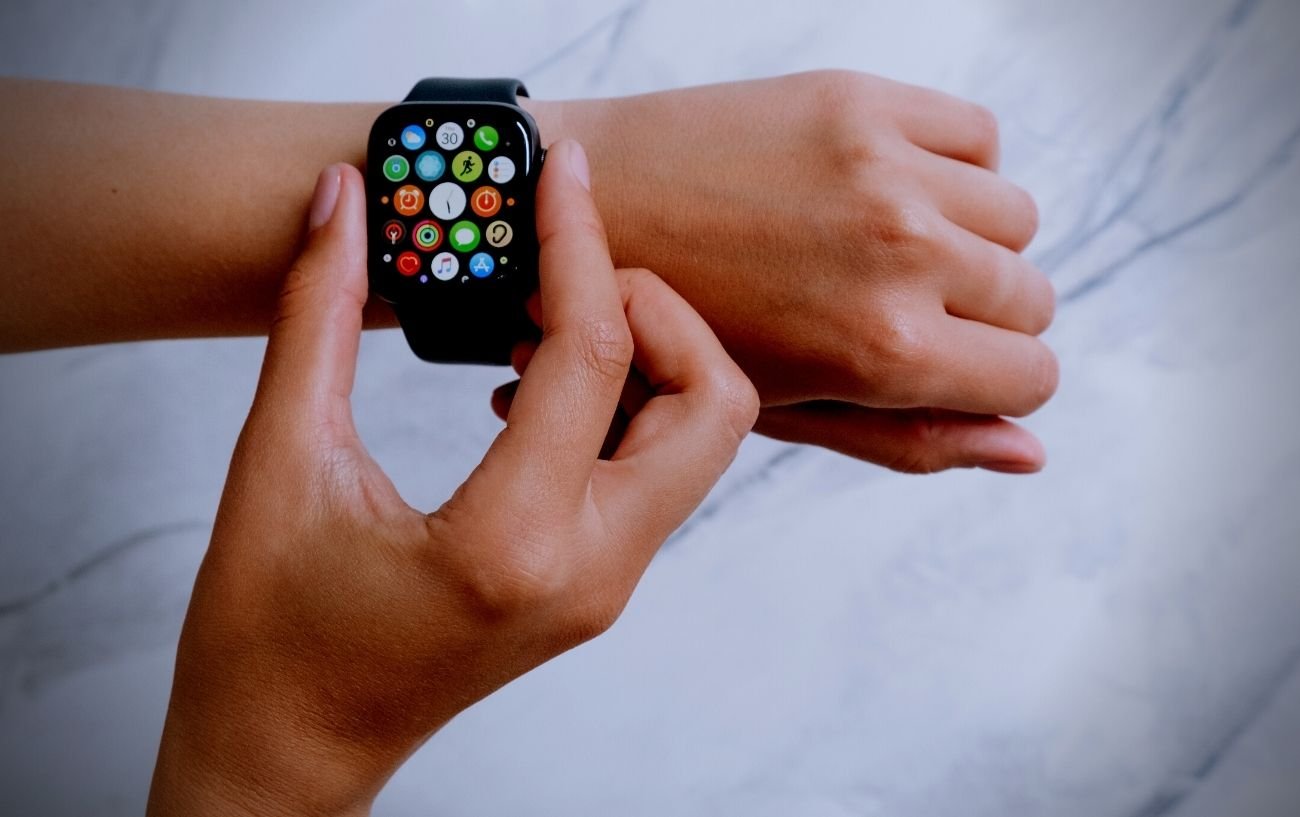
How Accurate Is Apple Watch Calories Data?
A study conducted in 2017 by Stanford University found Apple Watch energy expenditure, heart rate, and movement tracking measurements to be the most accurate compared to all of the other tested competitors.
For example, the median error rate for walking calories and steps on the Apple Watch was just 2.5% (range of 1.1%–3.9%), which was lower than any other device.
Across fitness monitors tested, the Apple Watch HR monitor was the most accurate as well, with a median error of 2.0% (range of 1.2%–2.8%).
This is important in terms of calories on the Apple Watch because the Apple Watch calorie estimates are largely dependent on your heart rate.
However, although Apple Watch HR and movement scores were highly accurate, and Apple Watch calorie estimates were better than other devices tested, the researchers found that Apple Watch calorie estimates were not accurate.
Essentially, the researchers established a 5% margin of error as the cut-off to be considered “accurate” in terms of the energy estimations during an activity.
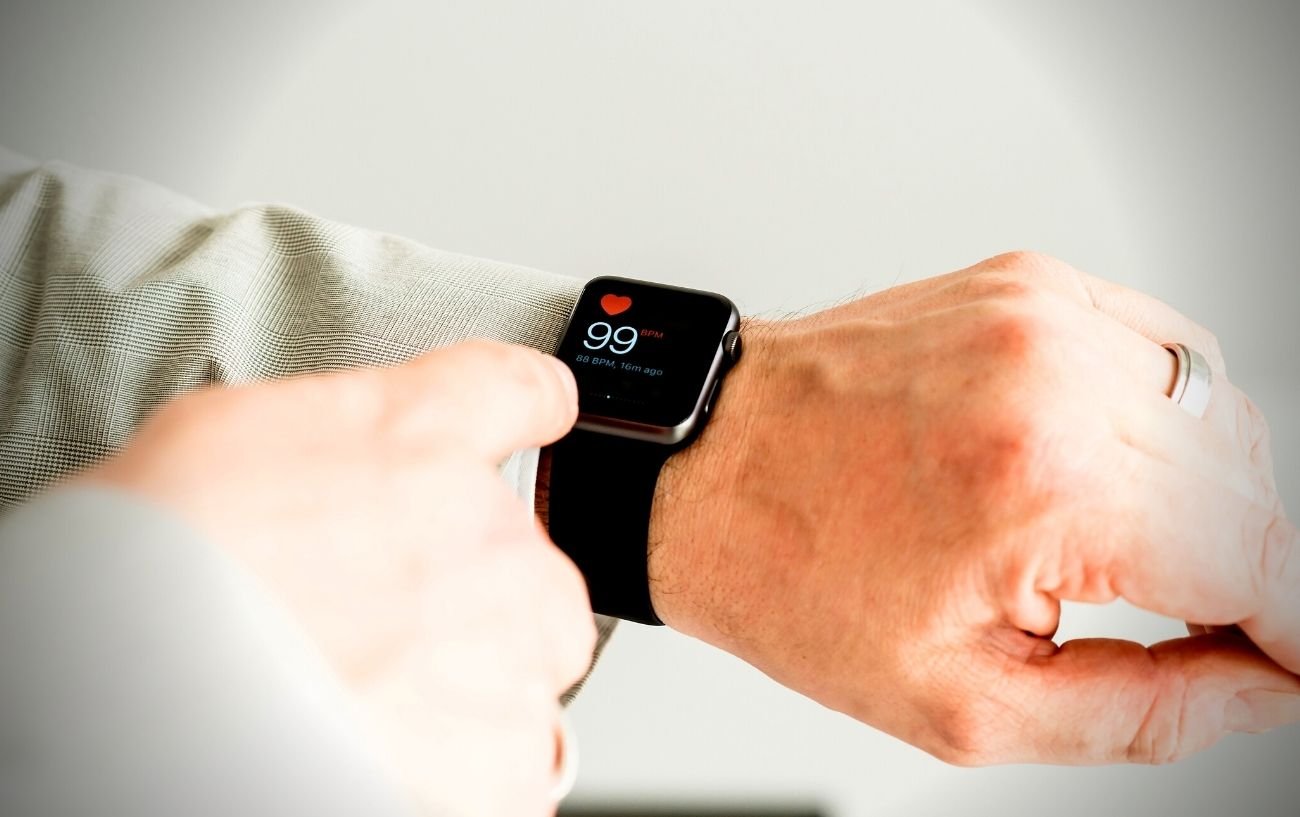
In all of the tested activities, such as cycling, walking, running, etc., the Apple Watch calorie estimates were more than 5% off the actual measured energy expenditure via indirect calorimetry (the gold standard for assessing caloric expenditure).
In fact, Apple Watch calories were often significantly more than 5% ”off” (up to 20% or more), particularly during activities like walking and running.
Factors that decreased the accuracy of the Apple Watch calorie estimates were sex (calorie data was less accurate for males vs females), weight, BMI, and wrist size (such that larger individuals received less accurate calories burned on Apple Watch).
Another study compared the heart rate and calorie estimates from four popular wearable fitness trackers, including the Apple Watch.
This study found that all of the tested devices (including the Apple Watch) actually underestimated both heart rate and energy expenditure.
This is interesting because the general critique of relying on fitness trackers to give an accurate estimate of calories burned is that they overestimate or inflate your energy expenditure.
Similarly, numerous studies have found that cardio machines like treadmills and ellipticals consistently overestimate calories burned during workouts.

Tips to Improve Calories Burned On An Apple Watch
According to Apple Support, there are several things you can do to increase the accuracy of Apple Watch calories burned estimates.
Here are the top tips for how to improve Apple Watch calorie accuracy:
#1: Keep Your Personal Data Up to Data
It’s important to remember how Apple Watch calculates calories burned: algorithms are used based on the personal data you have implemented in your profile such as your sex, height, body weight, and age.
The more accurate you are with all of this data, the more accurate your Apple Watch calories burned will be.
If you lose or gain weight, make sure that you change this information under your profile so that the calories burned with Apple Watch workouts and your general BMR match your current body size.
Here are the steps for how to update your personal information for Apple Watch calorie calculations:
- Open the Watch app on your iPhone.
- Tap the My Watch tab.
- Tap Health > Health Details.
- Tap Edit, then select the metric that you want to change.
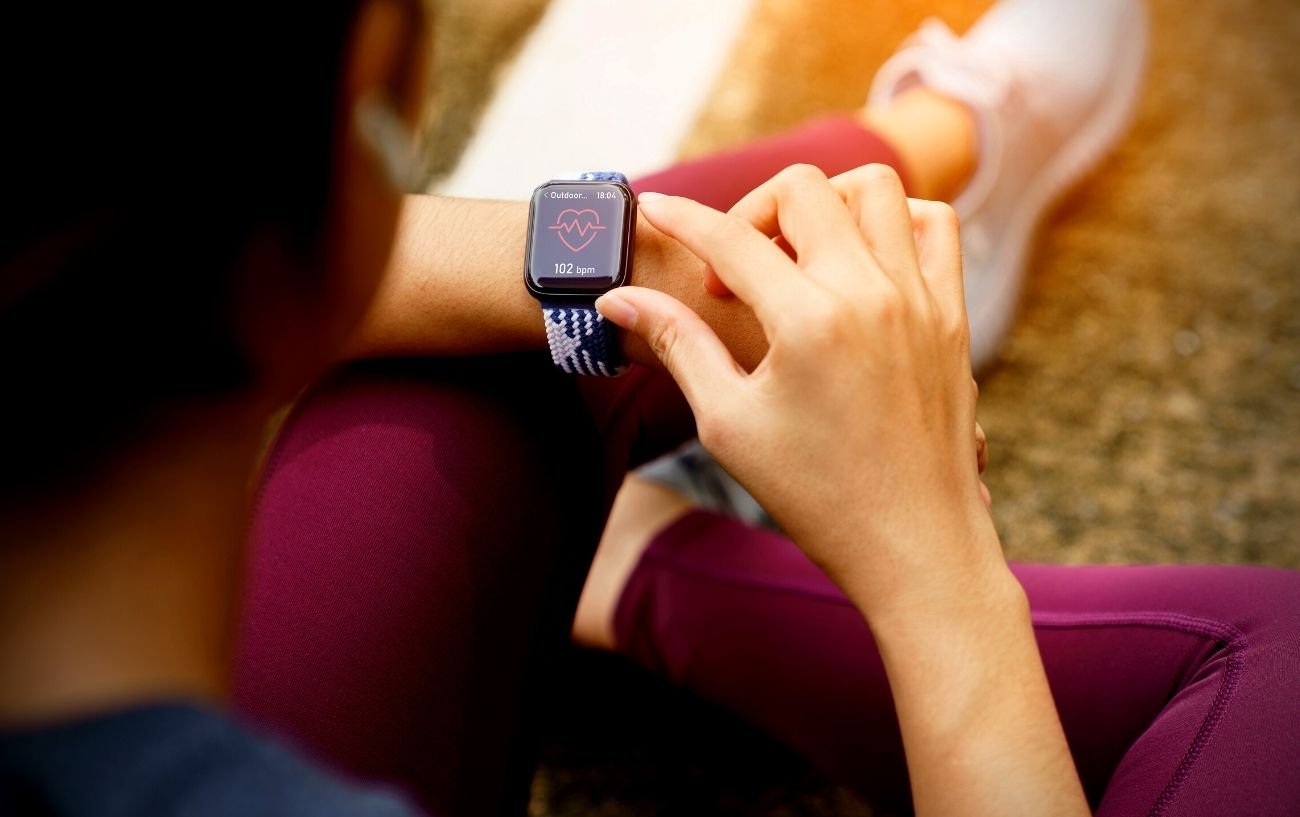
#2: Allow Your Arm to Swing
One important tip for how to improve Apple Watch calories is to make sure that the Apple Watch is able to give you all of your “Move and Exercise credits.”
Basically, the Apple Watch determines your total daily energy expenditure or number of calories burned per day with “Apple Watch active calories” and “passive calories.”
The passive calories are determined based on your BMR.
However, your Apple Watch active calories are calculated based on the types of workouts you select, the number of steps you take, and your movement minutes.
Every full minute of movement that equals or exceeds the intensity of a brisk walk counts toward your Apple Watch Exercise minutes and goals for the day, and any movement or activity below this level counts towards your daily Move minutes and goals.
The “brisk walk” threshold is determined based on your cardio fitness levels as measured by Apple Watch with Apple Watch Series 3 or later.
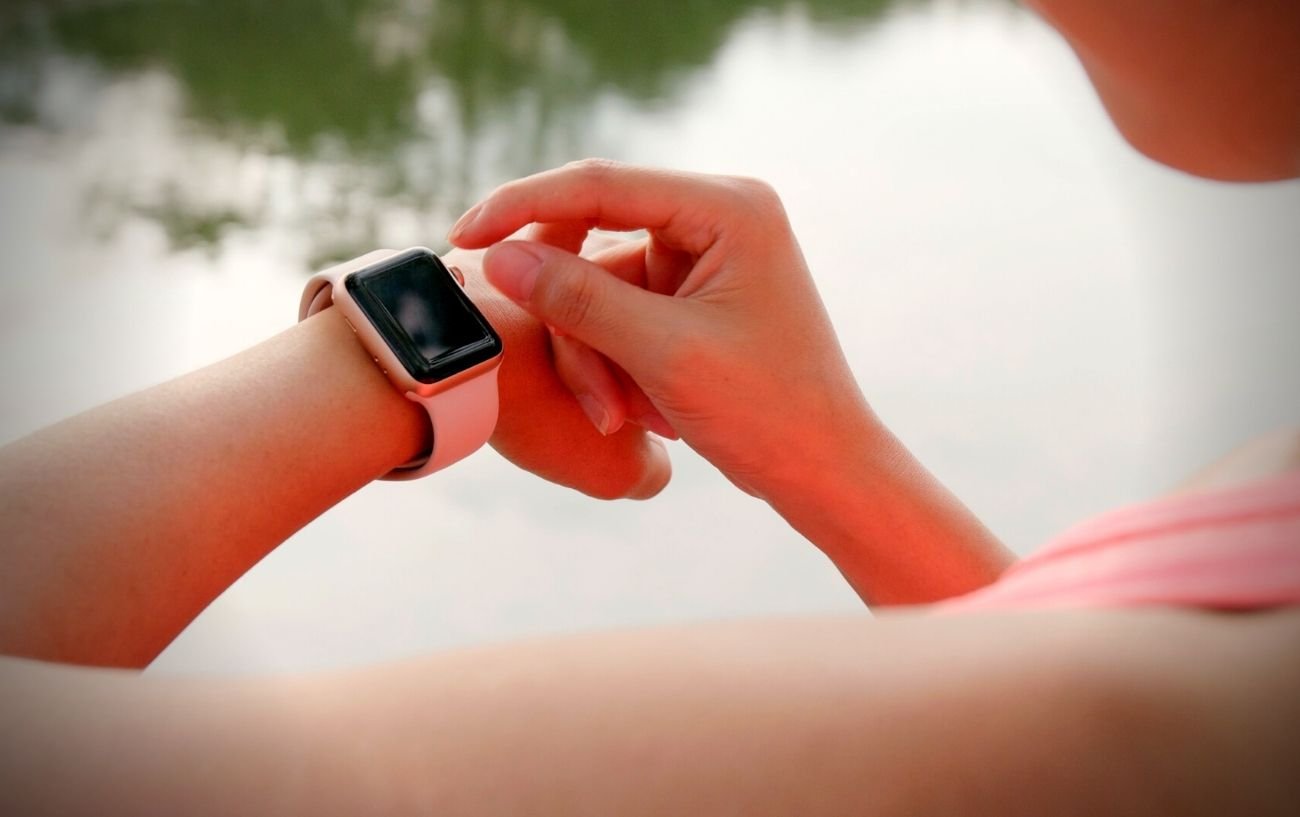
Unless you specifically open up the app and select an outdoor walk or type of workout, the Apple Watch Activity app relies on arm motion and an accelerometer to track movement.
This means that your arm should be swinging along your side naturally if you are walking or you will be missing out on earning your Exercise credit during walks.
So, if you are holding an umbrella, holding a leash of your dog, or pushing a stroller, your Apple Watch calories will be less accurate because the watch is not able to accurately use the accelerometer in the wristwatch to credit your activity.
The workaround here is to allow your arm to swing naturally at your side when you are walking or select the type of workout you are doing in the Apple Watch Activity app rather than just allow automatic detection of activity when your hand is going to be relatively immobile as you move.
#3: Turn On Wrist Detection
At a very baseline, the most important tip to improve the Apple Watch calorie estimate is to make sure that wrist detection mode is on.
When Wrist Detection is off, your Apple Watch can’t track your Stand minutes, and resting and walking heart rates won’t be taken throughout the day unless you are specifically tracking a workout.
This will compromise the active data that your Apple Watch has to calculate calories burned over the day.
Here is how to check that Wrist Detection on Apple Watch is on:
- Open the Watch app on your iPhone.
- Tap the My Watch tab.
- Tap Passcode.
- Verify that Wrist Detection is on.
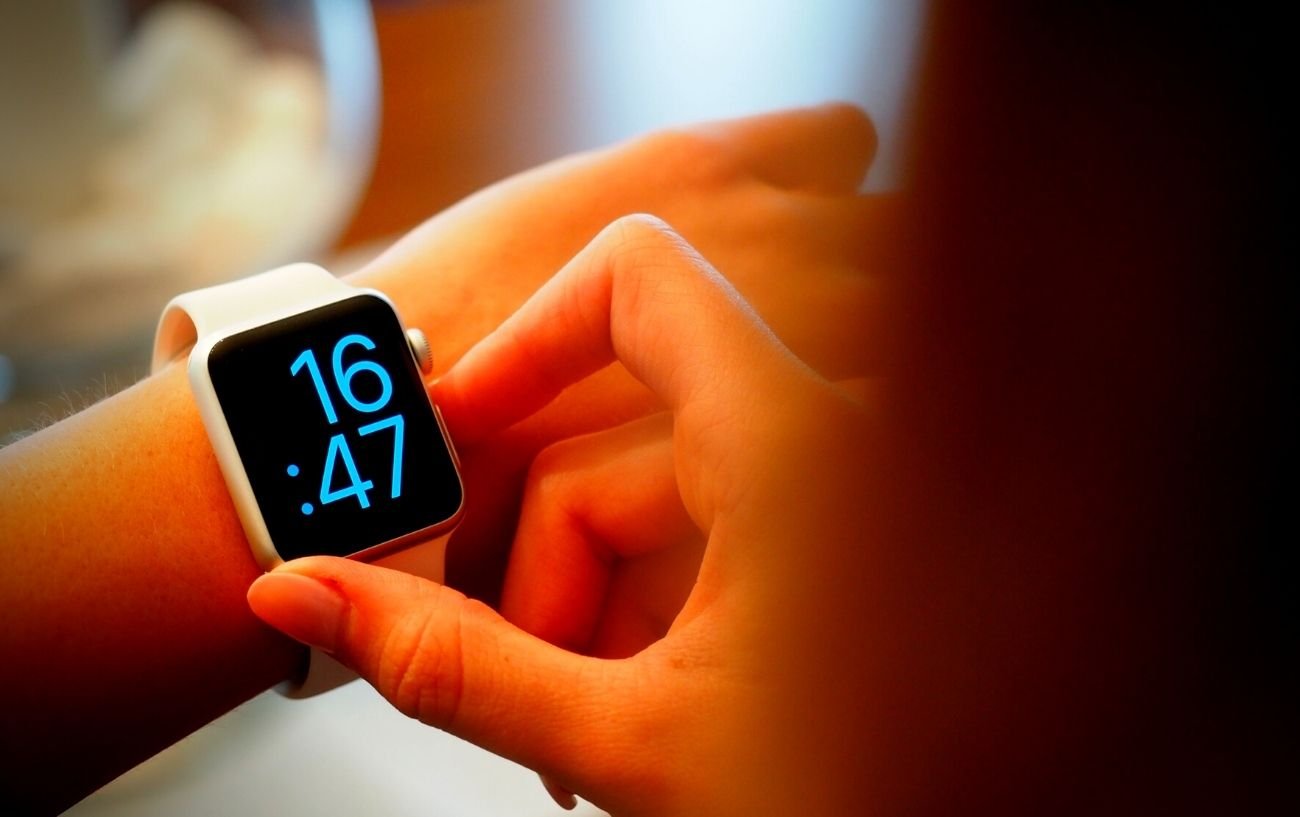
#4: Get the Right Fit
Any wrist-based heart rate monitor requires the right fit so that the optical sensors can detect your pulse through your skin.
Particularly when you are exercising, you want the Apple Watch to be snug against your skin.
Studies have shown that the accuracy of wrist heart rate monitors decreases as your workout intensity or running speed increases.
This is because there is more movement or “noise” of the device against the skin.
Essentially, any accessory movement of the watch can cause interference with detecting your heart rate and can also impact the accuracy of the Apple Watch accelerometer.
Together, these can cause errors in calories burned in Apple Watch workouts.
#5: Choose the Best Workout Option
When you use the Apple Watch Workout app, it’s important to choose the type of workout that best matches what you’re doing.
Apple Watch calories during workouts are calculated based on algorithms that take into consideration the type of exercise you are doing.
These types of algorithms are based on the metabolic equivalents (METs) for an exercise from the Compendium of Physical Activities along with other data collected by the Apple Watch such as your workout heart rate, age, body weight, etc.
If you aren’t selecting the type of exercise accurately when you use the Apple Watch Workout app, the wrong equations will be used to calculate your calories during Apple Watch workouts.
If you’re doing a workout that isn’t listed in the app, tap Add Workout and choose the workout that best matches the type of activity you’re doing.
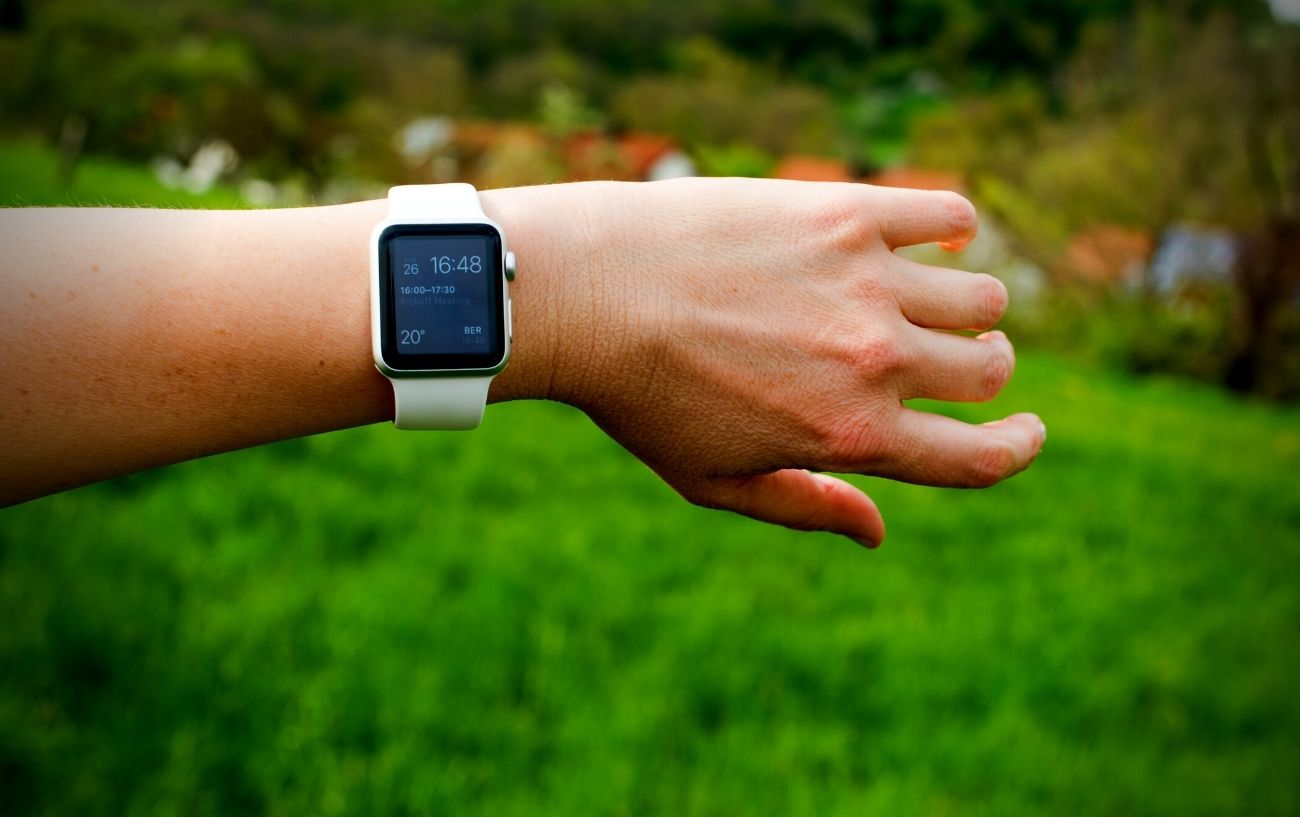
#6: Calibrate Your Apple Watch
Another way that the accuracy of Apple Watch calories can be improved is by periodically recalibrating your Apple Watch.
This ensures that the Apple Watch step count, heart rate, cardio fitness, and other measurements are being measured optimally based on your own device-wearing habits and the Apple Watch updates.
You can learn how to recalibrate Apple Watch with the instructions provided here.
One important thing to keep in mind is that while the Apple Watch calories may not be exact, you can still use your Apple Watch energy expenditure data to inform your overall activity levels over time.
In other words, even if your Apple Watch’s daily calories are too low or too high relative to your real energy expenditure, as long as you are wearing and using your Apple Watch consistently in the same way every day, you can trust trends in the changes in your Apple Watch active calories and total calories.

For example, if you’re trying to lose weight, increasing your calories burned on Apple Watch is what matters most, not the exact number.
However, relying on Apple Watch calories to inform your diet and weight loss is not necessarily the best practice given the fact that there seems to be a large margin of error for Apple Watch calorie estimates.
Thus, it is prudent to consider the energy expenditure given by your Apple Watch in the context of other ways to estimate how many calories you burn in a day.
Learn more about how to calculate TDEE in our article here.
Curious to learn more about Apple Watch metrics? Check out our guide to Apple Watch VO2 here.













